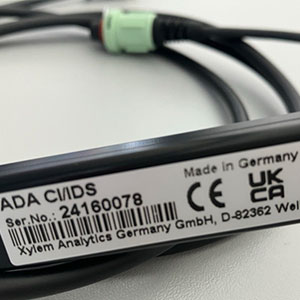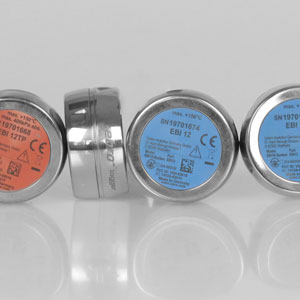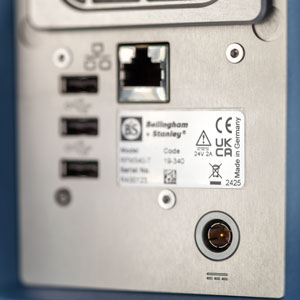The CE mark indicates high quality according to EU standards, but the accuracy of the underlying tests can vary – a look at the legal background.
Meaning and awareness of the CE mark

The CE mark – Europeans have long taken it for granted, and consumers in other economic areas around the world generally value it as a seal of quality. Despite this introductory statement capturing the general awareness of the CE mark quite well, it doesn’t change the fact that the public awareness is distorted and, in some cases, simply wrong. To properly understand the significance of this product labeling, we should take a look at the legal aspects.
With the EU harmonization concept, the European lawmakers created a legal framework for product safety and compatibility in the form of EU directives. This legal framework applies to products that are placed on the market within the EU and defines the minimum requirements for products. The aim is to ensure that the products are not hazardous to the user or the environment and do not impair the function of other products. Every manufacturer must ensure that their product complies with these legal requirements.
They must first check which of the EU directives are applicable to their product. If they have identified one or more directives, they must implement the requirements defined in these directives in their product. They must then prove that the product complies with the directives. The CE legal framework provides for various conformity assessment procedures for this purpose. The simplest and most commonly used is Module A: "Internal production control". This procedure asks that the manufacturer declares their product to be compliant with the applicable directives, whilst providing proof of product compliance. The harmonized standards, provided by the lawmakers, provide a set of standards for each directive allowing manufacturers to demonstrate “legally sufficient presumption of conformity”.
An example

Handheld of the brand WTW in assembly
Here is a clear example: A WTW brand handheld device falls under the EMC Directive 2014/30/EU. In the EU's list of harmonized standards, EN 61326-1 is a product standard that is applicable. If it can now be demonstrated through appropriate testing that the handheld device meets the requirements of this standard, the presumption of conformity with the EMC Directive is derived from this positive test result; the proof of conformity will have been successfully provided.
Once proof of conformity with all applicable EU directives has been provided in this way, the next step is for the manufacturer to affix the  CE marking. To do this, the well-known CE logo is applied to the product and the CE declaration of conformity is issued. At this point, it is worth noting the terminology used in this paragraph; although widely used in common parlance, the EU legal framework does not recognize the term "CE mark".
CE marking. To do this, the well-known CE logo is applied to the product and the CE declaration of conformity is issued. At this point, it is worth noting the terminology used in this paragraph; although widely used in common parlance, the EU legal framework does not recognize the term "CE mark".
NEW: UKCA for Great Britain
In the course of Brexit, the CE marking for Great Britain was replaced by the  UKCA marking („United Kingdom Conformity Assessed“). It applies to products that are placed on the market in England, Wales and Scotland and is (at the time of writing) identical to the CE marking in terms of its normative requirements. UKCA has existed since 01.01.2021 and is intended to completely replace the CE marking after a transitional period for this economic region. This period has currently been extended indefinitely after several extensions. Products may currently be marked with both logos (CE and UKCA).
UKCA marking („United Kingdom Conformity Assessed“). It applies to products that are placed on the market in England, Wales and Scotland and is (at the time of writing) identical to the CE marking in terms of its normative requirements. UKCA has existed since 01.01.2021 and is intended to completely replace the CE marking after a transitional period for this economic region. This period has currently been extended indefinitely after several extensions. Products may currently be marked with both logos (CE and UKCA).
Conclusion
The quality of the CE marking depends on the thoroughness of the tests for proof of conformity. In practice, the scope here is quite wide. For many EU directives, the legislator does not necessarily require certification, i.e. testing by a "notified body" – these are monitored and authorized testing facilities. Instead, manufacturers can carry out their own assessments and tests and use these as the basis for a presumption of conformity.
With the CE marking, the manufacturer signals the conformity of their product to European product safety law, but the significance of the CE logo on a product is limited and depends on the care taken by the manufacturer in demonstrating conformity.
Xylem Analytics certifies its products at accredited test houses and ensures that the presumption of conformity is confirmed by independent third parties – for CE and UKCA.

Component of WTW's IQ Sensor Net and Drinking Water Panel with UKCA and CE sign

EBI 12 temperature data logger of the brand ebro

RFM300-T digital refractometer of the brand Bellingham + Stanley